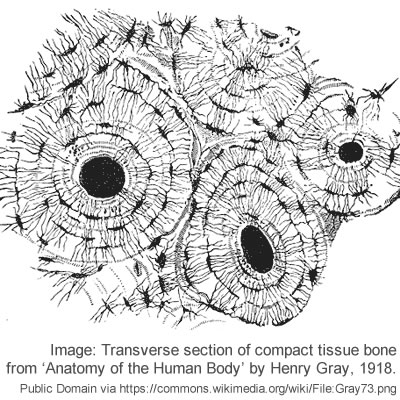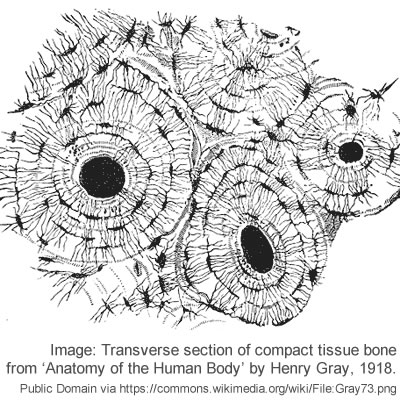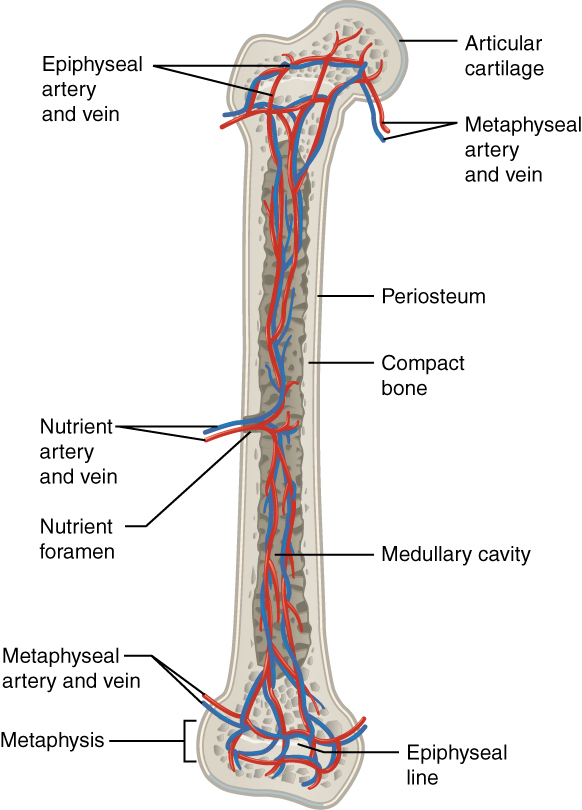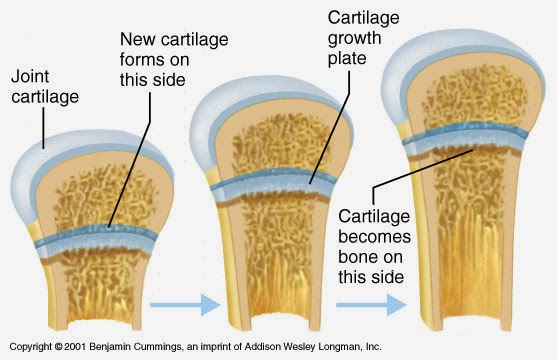What is the structure and function of the compact bone?
1 Answer
Compact bone is made of concentric layers of osteocytes and bony matrix. Compact bones provide support to mammalian limbs. Moreover, it is a storehouse of calcium and hosphorus.
Explanation:
Compact bone is laid in such a manner that there are histological units seen in cross section. Such roundish unit is called OSTEON.

( )
)
Each osteon has a central Haversian canal , running parallel to long axis of bone. The canal houses blood vessels, lymph vessels and nerves.
Around H. canal, bony tissue matrix (=lamellae) is deposited in concentric layers alternately between rows of osteocytes (=lacunae) .
Osteocytes possess cyoplasmic extensions, which appear within canaliculi inside lamellae.
Two Haversian canals may remain connected by transverse Volkmann's canal .

(https://d2gne97vdumgn3.cloudfront.net/api/file/sfb2mqQcqdjNXhvgmn8A)
Compact bone is present in shaft of long bones of mammals, i.e. in bones like humerus, femur, etc.
In very young age, the marrow within long bone remains erythropoietic, i.e. able to give rise to red blood cells (RBCs) but in adults, marrow cavity of compact bone generally remains filled by fatty yellow marrow.

(https://d2gne97vdumgn3.cloudfront.net/api/file/8dVICkImQhqCU35QOSDO)
Pieces of epiphyseal cartilage remain at the two ends of compact bone, which allow deposition of new tissue so that the compact bone can grow in length.

( )
)

